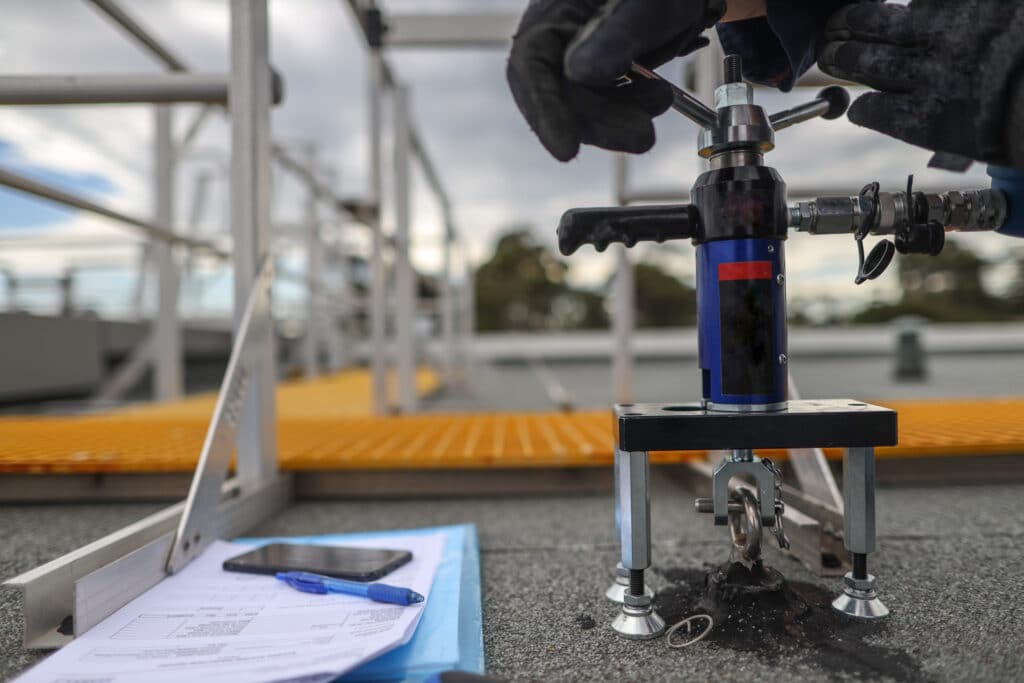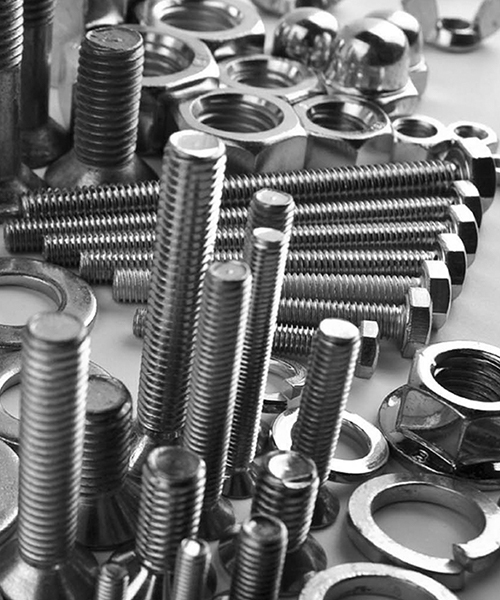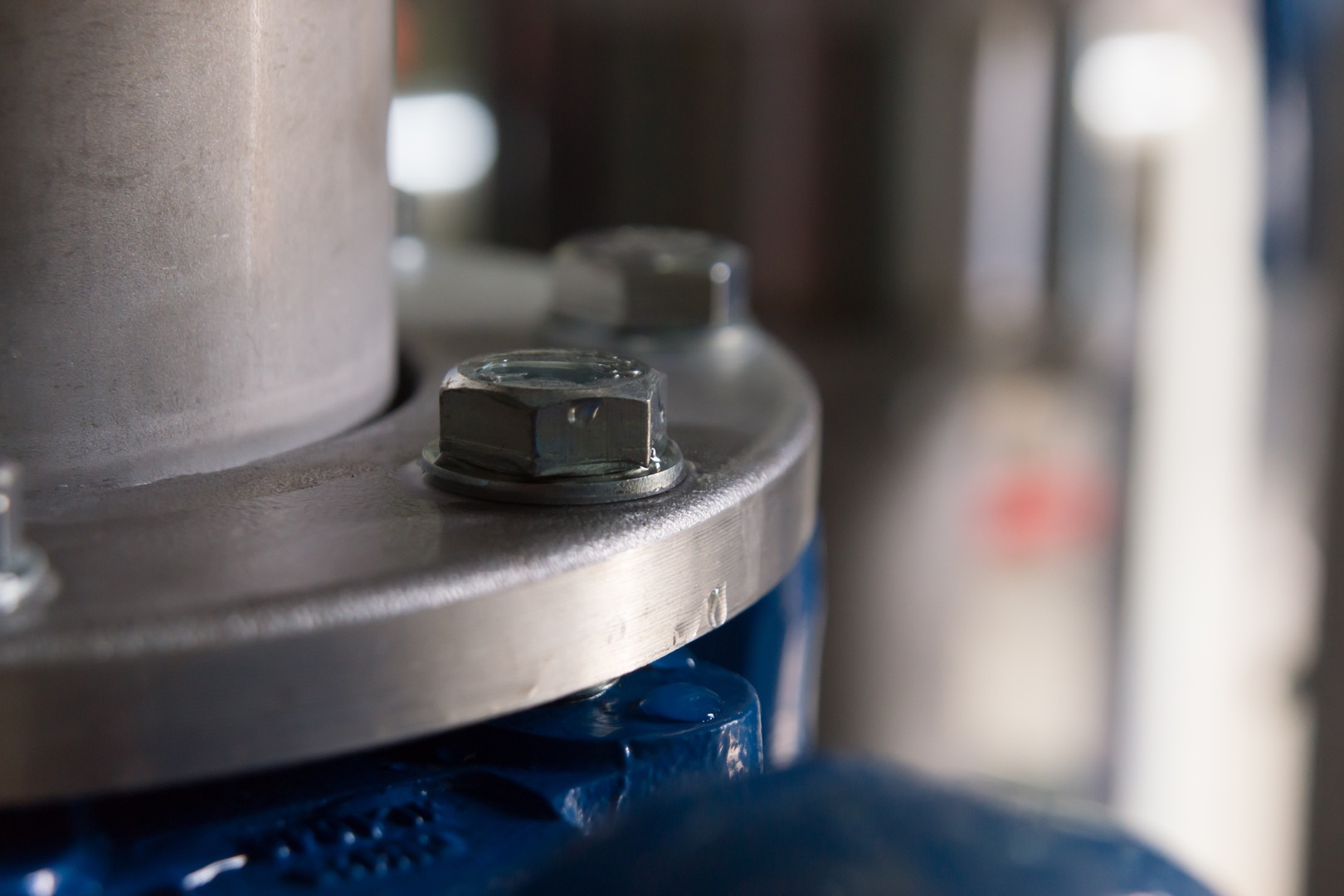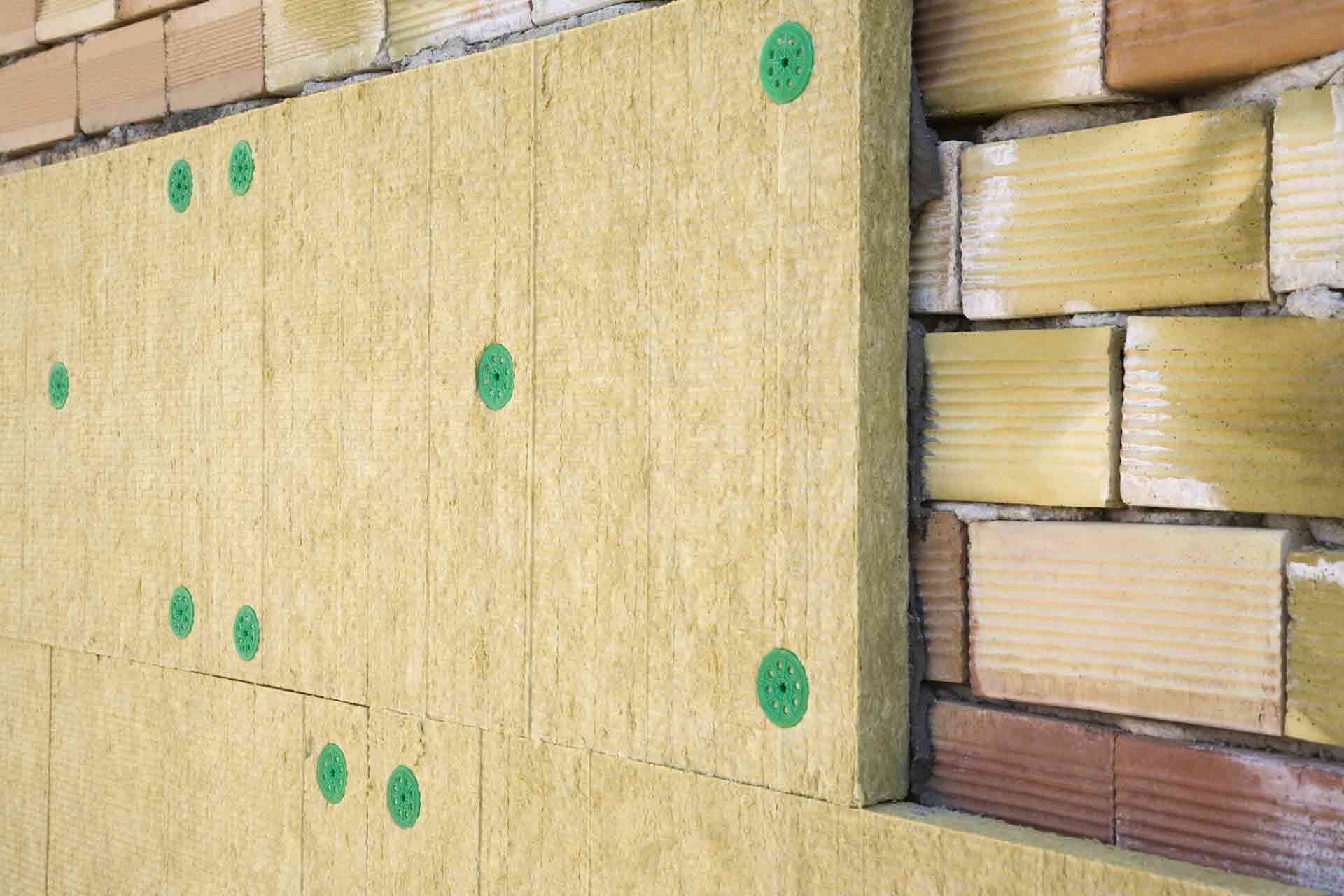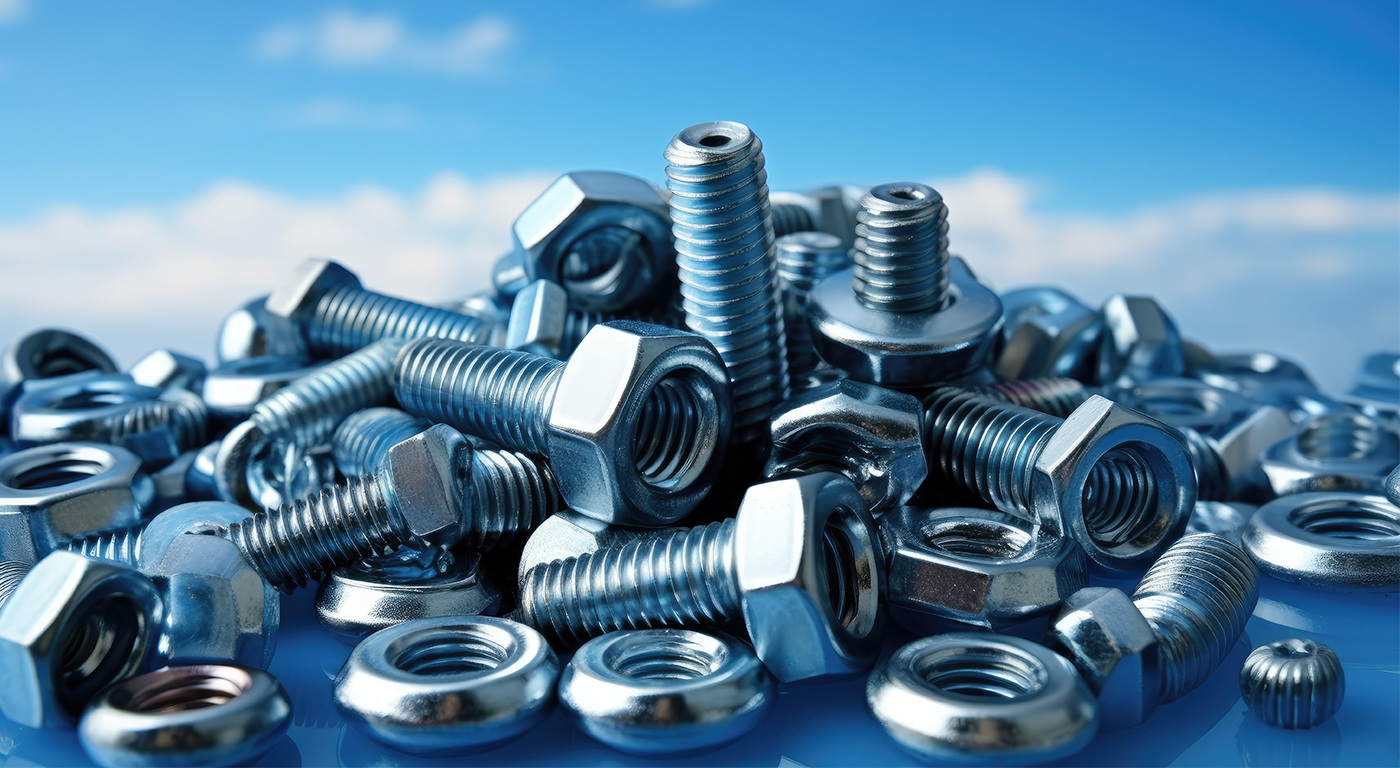Load-bearing capacity
Fasteners are the foundation of secure and durable construction, whether anchoring structural elements, securing facades, or supporting heavy machinery. However, not all fastening points are created equal—different substrates, such as concrete, masonry, steel, and wood, present unique challenges in achieving reliable load-bearing capacity. To confirm that fasteners will hold up under real-world conditions, engineers and contractors rely on pull-out testing to assess their actual performance.
This article explores the importance of pull-out testing across various construction substrates, outlines the testing process, highlights the challenges of different materials, and discusses industry-leading companies providing fasteners and testing solutions.
Why Pull-Out Testing Is Essential
Even when fasteners are installed correctly, site conditions, material inconsistencies, and external factors can affect their real-world performance. Pull-out testing helps verify:
- Whether an anchor meets the required load capacity in a given substrate.
- The effect of material density, moisture, and curing conditions on anchor strength.
- The long-term durability of a fastening system under dynamic forces.
Applications Where Pull-Out Testing Is Critical
- Structural connections in concrete and steel (bridges, tunnels, high-rise buildings).
- Mechanical and electrical installations (HVAC systems, pipe supports, cable trays).
- Facade and insulation fixings in ETICS and curtain wall systems.
- Industrial applications where fasteners are subjected to heavy loads and vibrations.
- Retrofitting and renovation projects where old fixings need evaluation.
Without proper pull-out testing, fastener failures can lead to structural damage, safety hazards, and costly repairs.
Substrates and Their Fastening Challenges
Fastener performance is highly dependent on the substrate material, each of which has unique properties affecting holding strength, expansion forces, and load distribution.
1. Concrete (Standard, Reinforced, and Lightweight)
Challenges:
- Compressive strength varies from high-strength reinforced concrete to porous lightweight concrete.
- Expansion anchors may not hold properly in cracked or weak concrete.
- Post-installed anchors must bond well with the substrate to ensure stability.
Fastener Solutions:
- Expansion Anchors: Fischer FAZ II, Rawlplug R-HPTII
- Chemical/Bonded Anchors: Hilti HIT-RE 500 V3, EJOT LIEBIG Superplus
- Undercut Anchors: Würth W-FAZ for high-performance applications
2. Masonry (Brick, Hollow Blocks, Aerated Concrete)
Challenges:
- Hollow and perforated bricks offer limited grip for expansion anchors.
- Soft aerated concrete (AAC) requires specialized anchors with deep embedment.
- Mortar joints can weaken anchoring points.
Fastener Solutions:
- Frame Fixings: Fischer FUR, Rawlplug R-HLX for hollow materials
- Chemical Anchors: Hilti HY 270 for perforated brick applications
- Specialized Screws: Würth AMO universal screws for masonry
3. Steel (Structural Beams, Industrial Fixings)
Challenges:
- Drilling steel requires precision and high-strength fasteners.
- Corrosion resistance is critical, especially in marine and industrial environments.
- Thermal expansion can loosen poorly installed bolts.
Fastener Solutions:
- Self-Drilling Screws: EJOT JT3 for high-strength steel fixing
- Clamping Systems: Lindapter Girder Clamps for non-drilled steel connections
- High-Tensile Bolts: Rawlplug Grade 8.8/10.9 structural bolts
4. Timber (Hardwood, Softwood, Engineered Wood)
Challenges:
- Softwoods compress easily, reducing long-term holding power.
- Expansion anchors are not suitable for timber applications.
- Moisture changes can cause fasteners to loosen over time.
Fastener Solutions:
- Timber Screws: Spax Wirox-coated screws for long-term durability
- Bolted Connections: Würth ASSY Plus screws for engineered wood
- Chemical Fixings: Fischer FIS V Plus hybrid resin for structural timber anchoring
By conducting pull-out tests for each substrate, contractors can determine the most effective fastening system for long-term performance.
How Pull-Out Testing Works
Pull-out tests apply gradual tensile force to a fastener until it meets or exceeds the design load or fails. The goal is to measure the actual load capacity of the anchor under controlled conditions.
Step-by-Step Testing Procedure
- Install the Fastener in the Test Substrate
- Follow manufacturer recommendations for hole depth, cleaning, and torque application.
- Attach a Pull Tester to the Fastener
- A hydraulic pull tester (e.g., Hydrajaws M2000) is fixed to apply axial force.
- Apply Incremental Load
- The load is increased gradually while monitoring movement and resistance.
- Record Failure Point or Maximum Load
- Compare results with required load ratings to determine fastener suitability.
- Analyze Results and Adjust Installation as Needed
- If the fastener fails prematurely, alternatives such as deeper embedment or stronger anchors are considered.
Pull-Out Testing Standards and Regulations
International standards define testing procedures to ensure accuracy and safety in fastener performance evaluation.
- ETAG 001 (European Technical Approval Guidelines) – Testing anchors in concrete.
- BS 8539 (UK Standard) – Safe selection and installation of post-installed anchors.
- ACI 355.2 (American Concrete Institute) – Qualification for adhesive and mechanical anchors.
- ASTM E488 (US Standard) – Structural anchor testing for load-bearing verification.
Compliance with these standards ensures reliable, high-quality fastening solutions across different industries.
Leading Companies in Fasteners and Pull-Out Testing Equipment
Fastener Manufacturers
- Rawlplug – Specializes in expansion, undercut, and bonded anchors for concrete and masonry.
- Fischer – Offers high-performance fixings like FAZ II expansion anchors.
- Hilti – Known for chemical anchoring systems like HIT-RE 500 V3.
- EJOT – Provides advanced fasteners for masonry, steel, and timber applications.
- Würth – Supplies universal fixings for diverse construction materials.
Pull-Out Testing Equipment Providers
- Hydrajaws – The industry leader in portable pull testers like the M2000 and M2050, used for on-site anchor testing.
- Hilti – Offers digital load testing tools for real-time analysis.
- James Fisher Testing Services – Provides advanced pull-out test equipment for infrastructure projects.
- Elcometer – Supplies hydraulic pull testers for industrial and construction applications.
These companies provide cutting-edge solutions for ensuring fastener safety, reliability, and compliance.
Best Practices for Reliable Fastening Across Substrates
- Select the Right Fastener for the Substrate
- Use mechanical, chemical, or self-drilling anchors based on material properties.
- Ensure Correct Installation Techniques
- Follow manufacturer instructions for drilling, torque, and embedment depth.
- Perform Pull-Out Tests on a Sample Batch
- Test multiple fasteners across different sections of the project site.
- Use Certified Testing Equipment
- Invest in Hydrajaws or equivalent testing tools for accurate results.
- Monitor and Retest Over Time
- Conduct periodic inspections to ensure long-term fastening integrity.
Conclusion
Pull-out testing is essential for verifying the strength and reliability of fasteners across different substrates. Whether anchoring into concrete, masonry, steel, or timber, proper testing prevents failures, enhances safety, and ensures compliance with industry standards.
With manufacturers like Rawlplug, Fischer, Hilti, EJOT, and Würth producing top-tier fasteners, and Hydrajaws leading in portable testing solutions, the construction industry has the tools necessary to achieve secure and long-lasting fastening solutions.
4o
